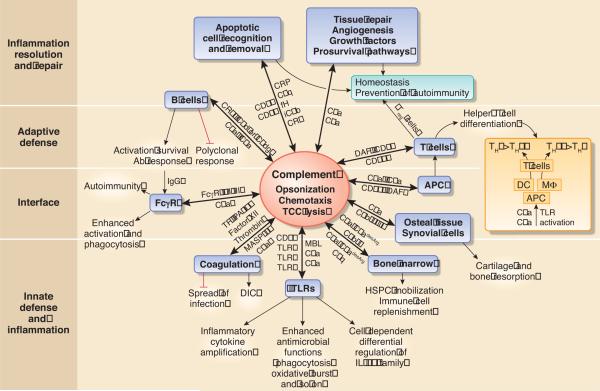Figure 3. Integrative role of complement in host defense and homeostasis.
The traditional functions of complement (within the oval shape) and its orchestrating role in immunity and homeostasis are shown (key participating molecules are indicated next to the arrows): Complement regulates TLR signaling to coordinate innate defenses and potentiates coagulation to additionally provide a mechanical barrier against the spread of invading bacteria. It also facilitates IgG-mediated phagocytic killing of microbes by reducing the threshold for FcγR activation and promotes specific IgG antibody responses through B-cell activation. Complement regulation of APC TLRs impacts on the differentiation of T cells, which can also be affected directly by complement. Regulation of helper T cell differentiation by complement is a complex process; however, in the context of complement-TLR crosstalk, the anaphylatoxins may either promote or inhibit TH1 or TH17 development in vivo, depending on whether they act through DC or macrophages (MΦ) as APC. To replenish the immune system during infection or injury, complement regulates the mobilization of HSPC from the bone marrow. Most, if not all, mechanisms regulated by complement may also be involved in immunopathology, such as FcγR-mediated autoimmunity, disseminated intravascular coagulation (DIC), or inflammatory bone resorption (e.g., through sublytic C5b-9 signaling). The functional repertoire of complement includes a major role in the resolution of inflammation through induction of regulatory T cells (Treg), non-inflammatory clearance of apoptotic cells (which permit complement activation through loss of complement regulatory proteins), and promotion of tissue repair. Most complement interactions are bidirectional, in that the production and activation of complement proteins and receptors is regulated by other receptors or system components (e.g., FcγRs, TLRs, thrombin).

